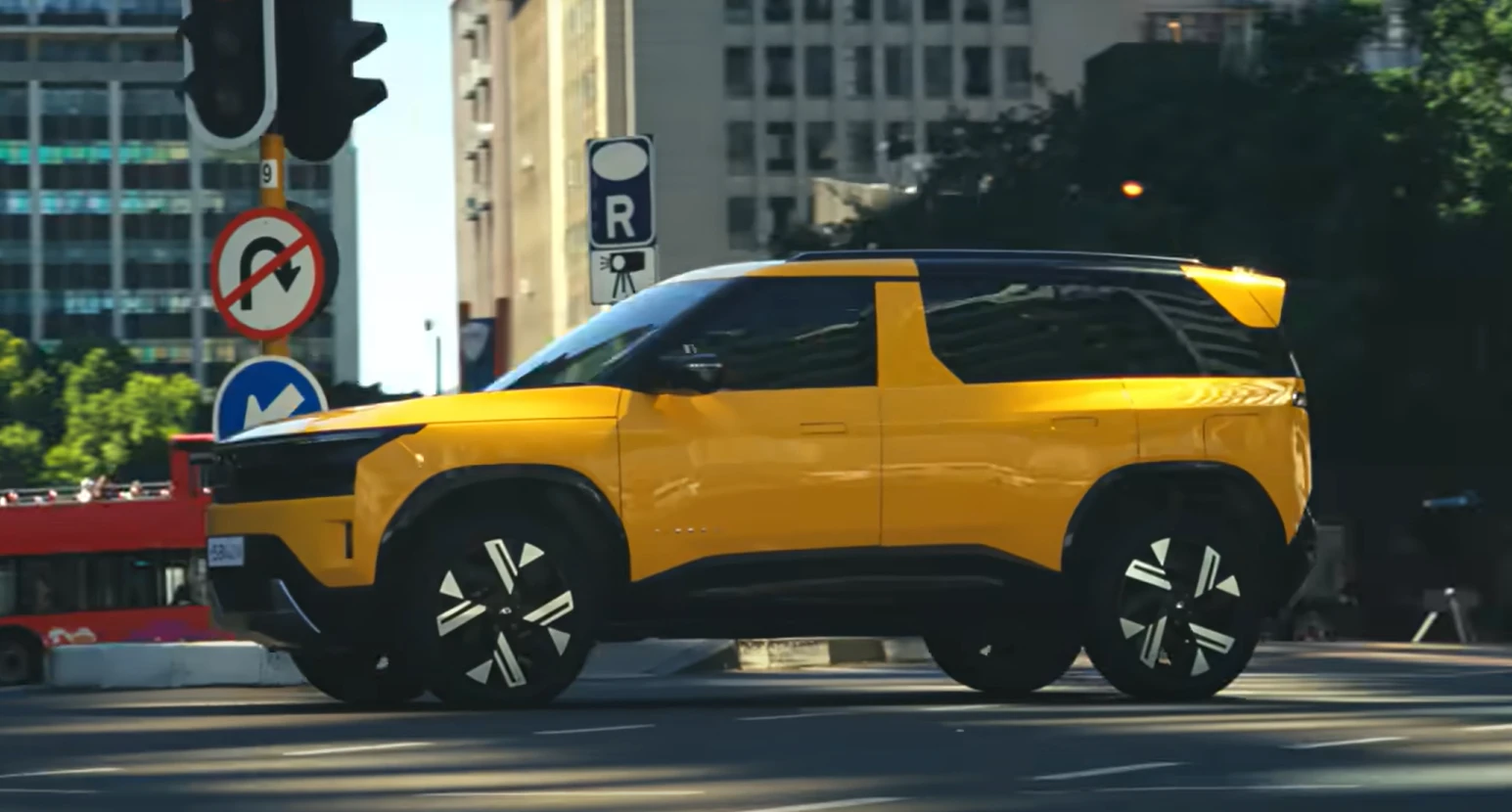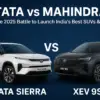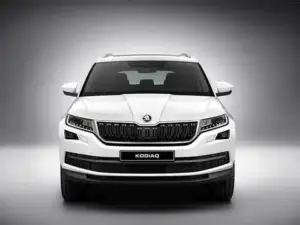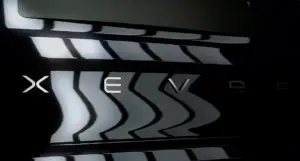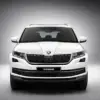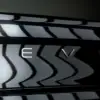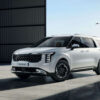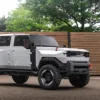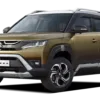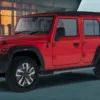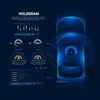Introduction — nostalgia meets modernity
When Tata released the original Sierra in the early 1990s, it wasn’t just another SUV — it was a statement. Rugged, upright, and unmistakably characterful, the Sierra carved a place in the hearts of Indian buyers who wanted presence, practicality, and a dash of personality. Fast forward three decades: Tata Motors has dusted off the Sierra badge and reimagined it for a vastly different market. The new Sierra keeps the soul of the original but wraps it in contemporary technology, safety, and electrification options. In this post we dig deep — old vs new comparisons, the headline features of the modern Sierra, and a clear-eyed argument for why the Sierra has the pieces it needs to become the segment king.
Old Sierra vs New Sierra — the lineage explained
Design language & presence
Old Sierra (1990s): The classic Sierra was boxy, angular, and unapologetically utilitarian. It was built on the needs of the time — durability, serviceability, and on-road/off-road competence. The original Sierra’s charm lay in its simplicity: flat surfaces, simple chrome or black trim, tall stance, and a functional cabin.
New Sierra (2025): The new Sierra is a retro-modern reimagination. It preserves the upright stance and the squared-off silhouette, but adds sweeping LED surfaces, a sculpted bonnet, flush door handles, and modern alloy wheel designs. Where the old Sierra looked like it could be used for farm roads and family trips with equal ease, the new Sierra looks like it can be used for both: weekend adventures and city chauffeur drives. This blend of nostalgia and modern design is intentional — an attempt to appeal to both emotional buyers and tech-savvy families.
Interior & packaging
Old Sierra: Practical and rugged. Controls were mechanical and straightforward; the interior materials were utilitarian but durable. Comfort was secondary to functionality.
New Sierra: Tata’s modern cabin philosophy is visible in spades — soft-touch surfaces, a minimalist dash, and a completely rethought human-machine interface. The headline: a triple-screen layout (driver cluster, central infotainment, and a passenger-side display). This not only elevates the cabin tech but points to Tata’s focus on a premium, connected experience.
Powertrain & architecture
Old Sierra: Underpinned by conventional ICE architectures of the time — robust diesel and petrol engines with manual gearboxes and simple suspension setups.
New Sierra: Multi-architecture strategy. Reports and official materials suggest Tata will offer ICE (multiple options), and an EV variant built on modern EV architecture. That gives buyers a choice in a market becoming increasingly EV-conscious.
Safety & features
Old Sierra: Basic safety, by today’s standards. Seat belts, sometimes airbags in later variants, and solid mechanical build.
New Sierra: Level 2 ADAS, multiple airbags, 360° camera, electronic stability programs, and modern passive safety design. This is a massive leap forward and central to the Sierra’s bid to be a segment leader.
Overall sense
The original Sierra won hearts by being authentic and useful. The new Sierra is trying to win the market by being emotive and aspirational while still offering the practicality buyers expect. That dual approach — honoring the past while delivering modern value — is what could make it resonate with a broad audience.
What’s new: headline features of the 2025 Tata Sierra
Below are the most talked-about features that differentiate the new Sierra from most of its rivals.
1. Retro-modern exterior with modern packaging
The Sierra’s exterior is a masterclass in balancing heritage with contemporary tastes. The boxy silhouette, tall greenhouse, and upright rear mirror the first-gen Sierra, while modern LED signatures, integrated DRLs, and flush hardware bring it firmly into the present. Real-world advantage: the squared shape gives good packaging space for passengers and luggage, and the upright stance improves visibility.
2. Triple-screen cockpit — a lifestyle statement
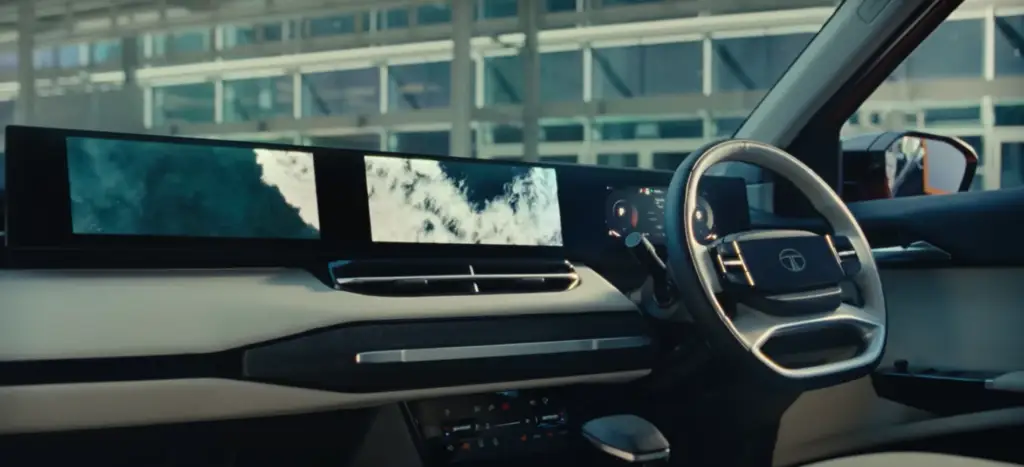
Perhaps the most headline-grabbing feature is the three-screen setup: a digital instrument cluster for the driver, a large central touchscreen for infotainment, and a passenger-side display. That last display is more than a gimmick — it allows passengers to control navigation, media, or display content independently while keeping driver focus on the road. For families and tech buyers, it’s a convincing differentiator.
3. Level-2 ADAS suite
Gone are the days when mid-size SUVs could survive on airbags alone. The Sierra is expected to offer Level‑2 driver assistance functions — lane-keep assist, adaptive cruise control, automatic emergency braking, blind-spot detection, and parking assist. These systems make daily driving less stressful and are becoming must-haves in the segment.
4. Multi-powertrain strategy: ICE + EV
Tata is offering multiple powertrain options to match buyer preferences and price points. That typically includes a range of petrol/diesel ICE engines for value-conscious buyers and a full EV variant for those who want future-ready tech and zero tailpipe emissions. The EV variant’s potential AWD option (via dual motors) also opens up a unique capability window relative to most rivals.
5. Premium comfort & utility
Ventilated seats, panoramic sunroof, premium upholstery, and an intelligent HVAC system — the Sierra aims to deliver a premium environment. Add in modular cabin packaging and a flat load floor (on some variants), and you get a vehicle that’s family-friendly while still feeling upscale.
6. Connected car features & passenger tech
Seamless smartphone integration, OTA software updates, over-the-air map and firmware updates, and connected services (find my car, live vehicle diagnostics, remote climate control) all make the Sierra a modern, living product rather than a static appliance.
7. Safety-first structure & active passive systems
Tata has invested heavily in crash structures and active safety. With multiple airbags, ISOFIX mounts, electronic aids, and likely high scores in independent crash tests (based on Tata’s recent track record), the Sierra aims to be one of the safest choices in its class.
Technical highlights (what the spec sheet is likely to show)
Note: exact numbers will vary between official launch variants and region-specific trims.
- ICE options: 1.5‑litre turbo petrol (~150–170 PS headline), 2.0‑litre diesel (~150–170 PS with higher torque). Manual and automatic gearbox options.
- EV option: Single and dual motor configurations, battery packs expected in the ~60–75 kWh range, with real-world range targets north of 400–500 km for top variants.
- ADAS: Adaptive cruise, lane assist, autonomous emergency braking, traffic sign recognition, blind-spot monitoring.
- Chassis & ride: Independent front suspension, multi-link rear on higher trims, tuned for a balance between comfort and composure.
- Charging: Fast DC charging capability (expected), with home AC charging support and smart battery thermal management on EV variants.

Why Sierra could become the segment king — the argument
To call a car a “segment king” requires more than just good looks. It needs a combination of desirability, value, capability, and long-term ownership advantages. Here’s why the Sierra can check those boxes.
1. Strong emotional appeal + modern utility
The Sierra name carries nostalgia — an intangible yet powerful asset. Tata is leveraging that nostalgia tactfully by giving buyers the emotional tug (heritage design cues) and pairing it with practical modern features (safety, tech, comfort). Emotional desirability converts awareness into intent much faster than cold feature lists.
2. Tech-first cabin that outclasses many rivals
Triple screens, advanced connected features, and a competitive ADAS suite add up to a perception of technological leadership. Buyers in 2025 increasingly equate tech to status and convenience; Sierra offers both in a segment where rivals may still be playing catch-up.
3. Multi-powertrain strategy for market coverage
By offering ICE and EV options (and multiple variants within each), Tata widens Sierra’s addressable market. Customers looking for value can buy ICE versions; early EV adopters can choose the electric Sierra. This flexibility — when combined with smart pricing — can dramatically increase market share.
4. Safety and perceived quality
Tata’s recent products have shown marked improvements in safety and build quality. If Sierra continues that trend and posts high scores in crash testing and reliability, it will attract families and fleet buyers — the backbone of mid-size SUV sales in India.
5. Pricing & feature bang for the buck
If Tata prices the Sierra aggressively at launch — offering feature-loaded trims at competitive price points — it will siphon buyers from rivals who either charge more for similar tech or offer less for the same price.
6. Brand momentum & dealer network
Tata’s distribution and after-sales network now rivals many competitors, and with proven customer service initiatives, Sierra can rely on solid support for ownership costs — a key consideration for buyers.
7. Distinct positioning — lifestyle + utility
The Sierra is not trying to be a cheap mass-market product or an ultra-premium niche SUV; it is positioned as an aspirational, lifestyle-oriented family SUV that still delivers on everyday practicality. That unique positioning helps avoid a head-to-head price war with economy models while still appealing to a very broad buyer base.

